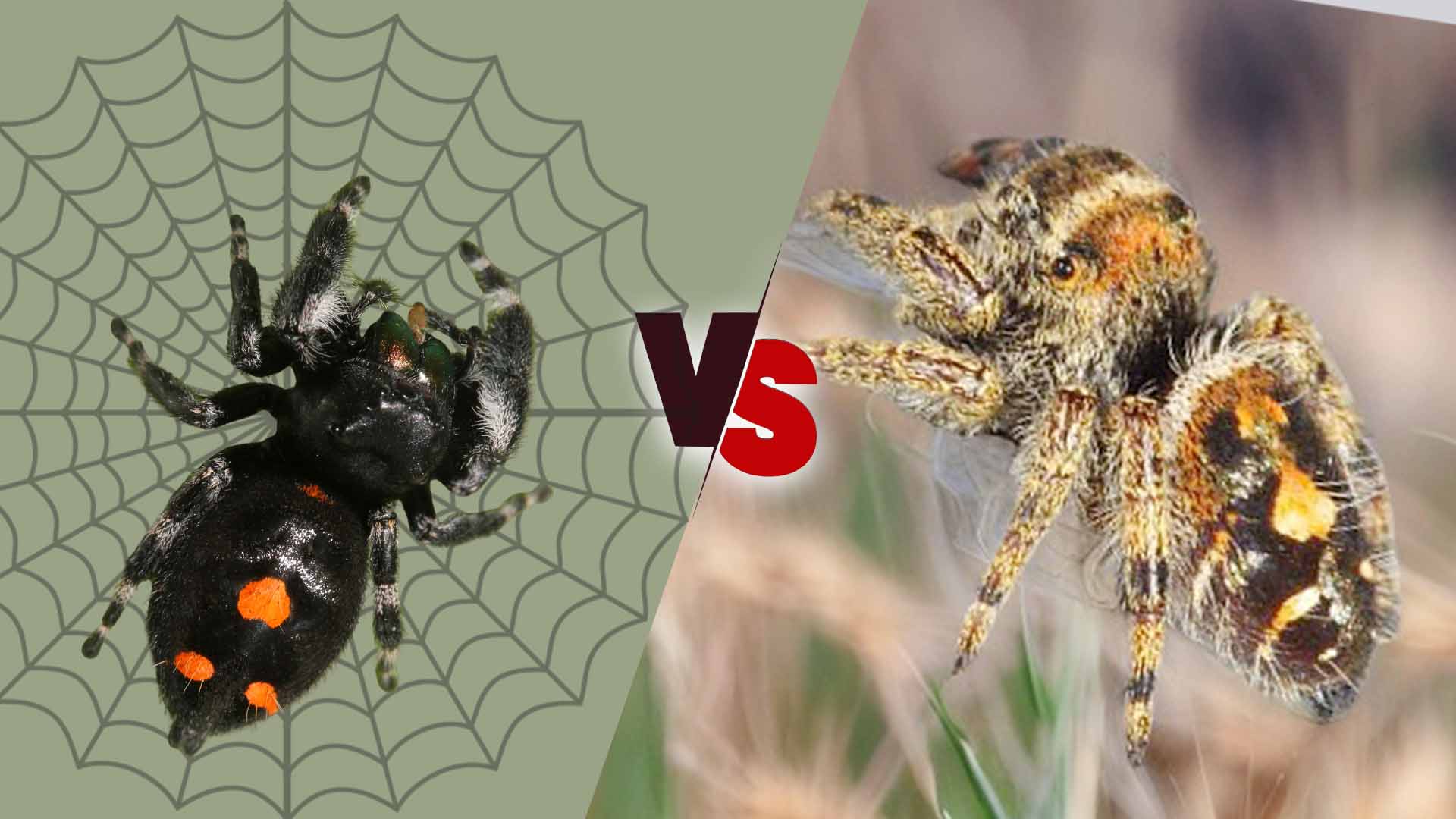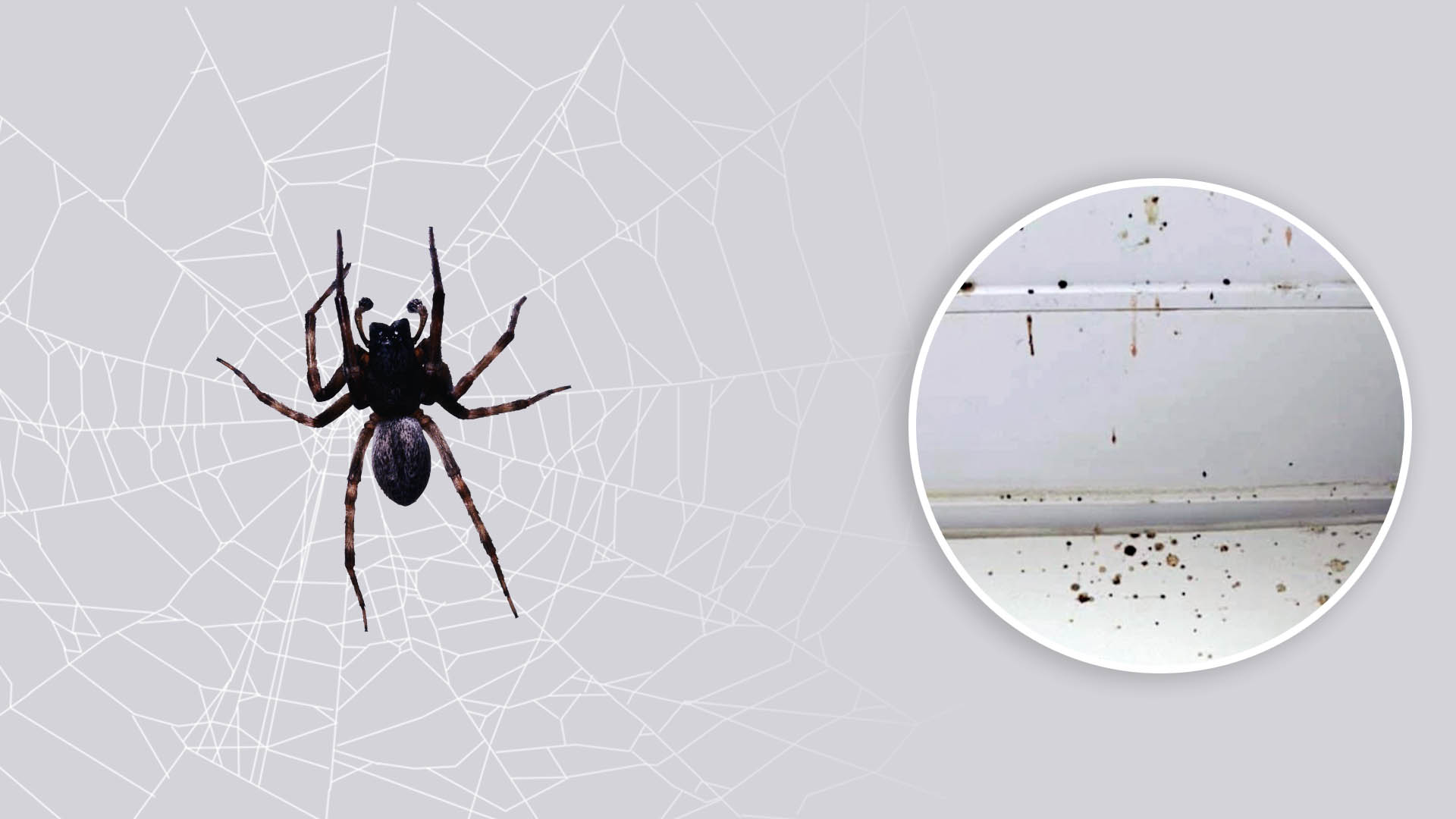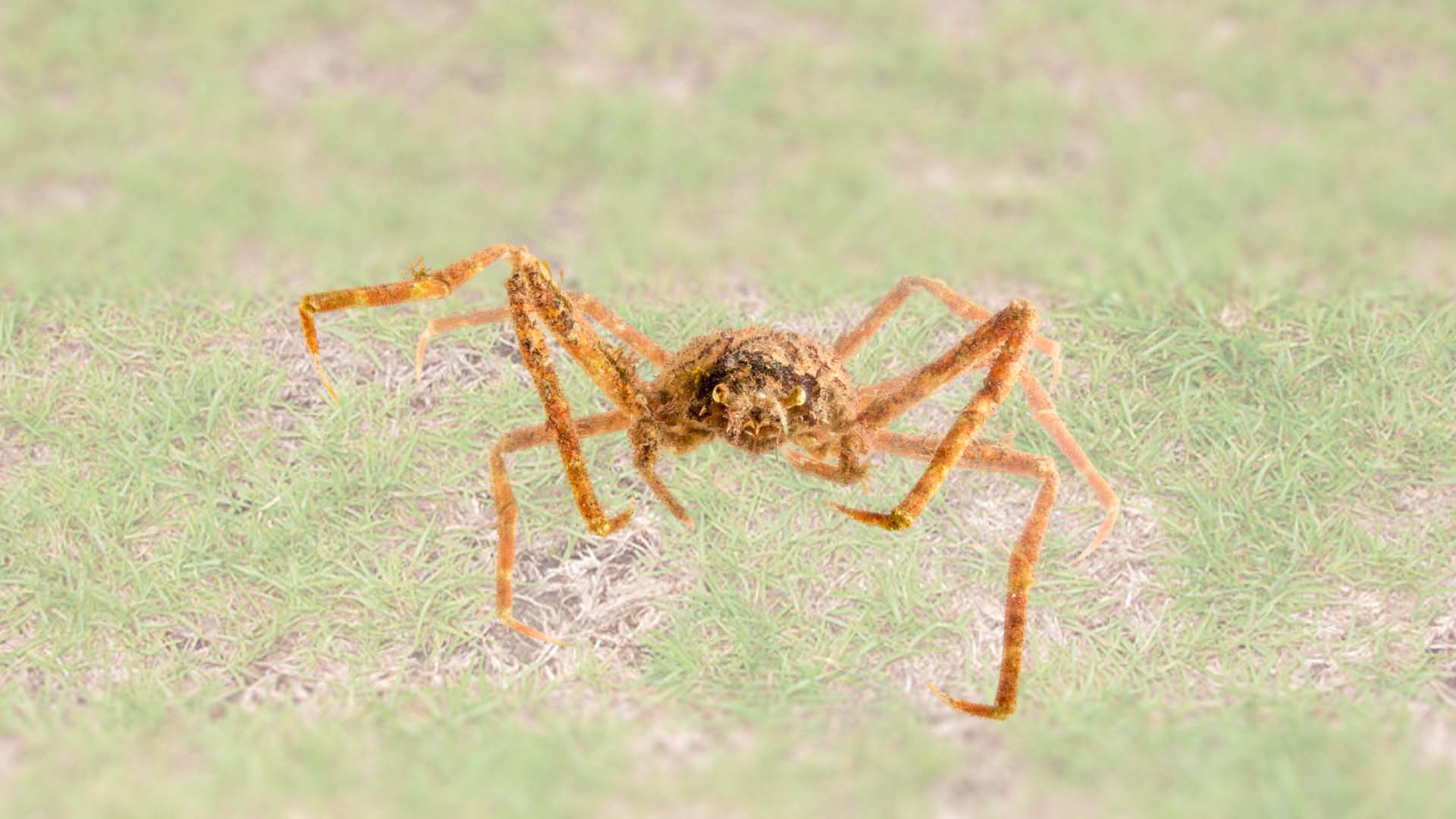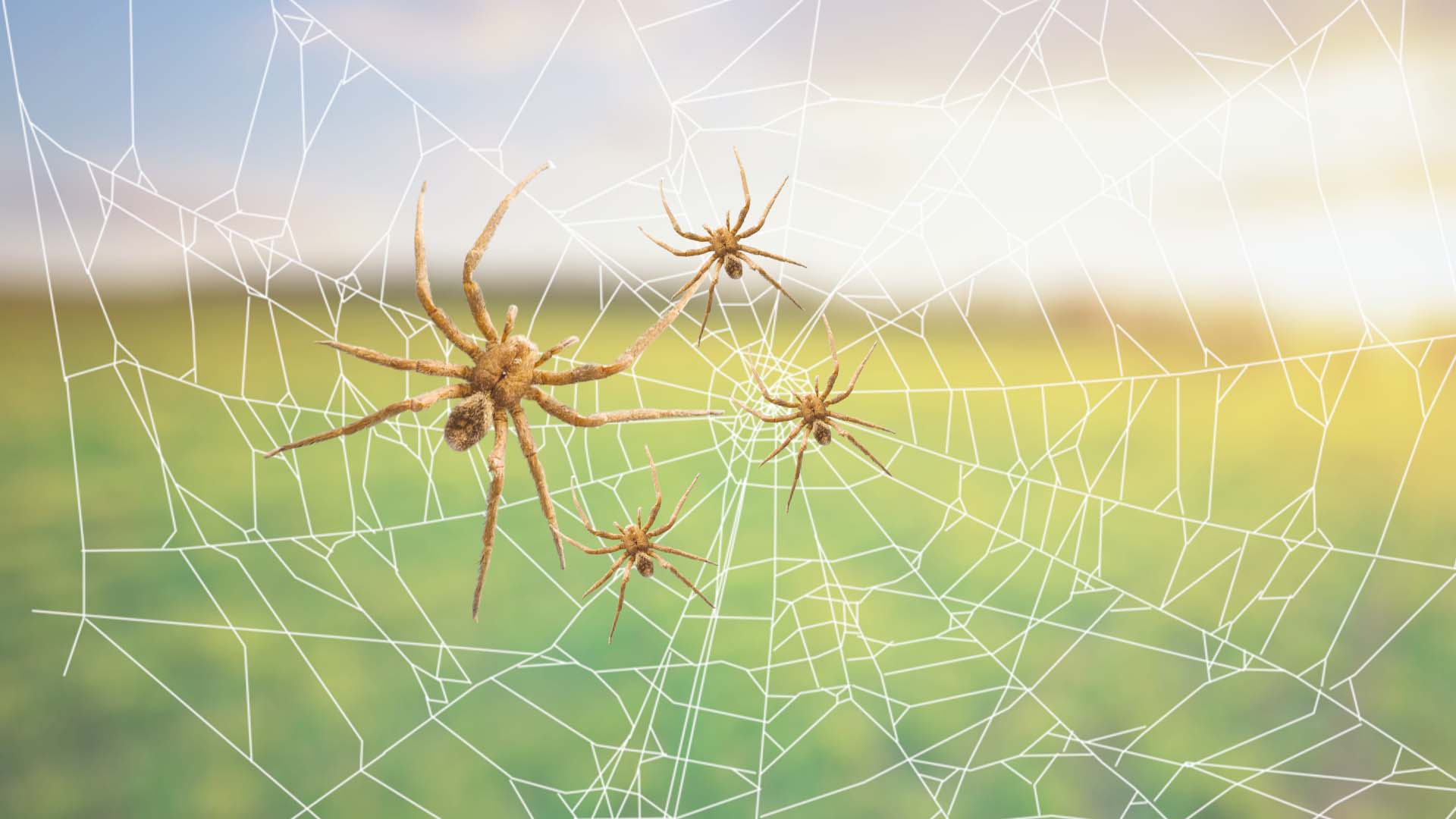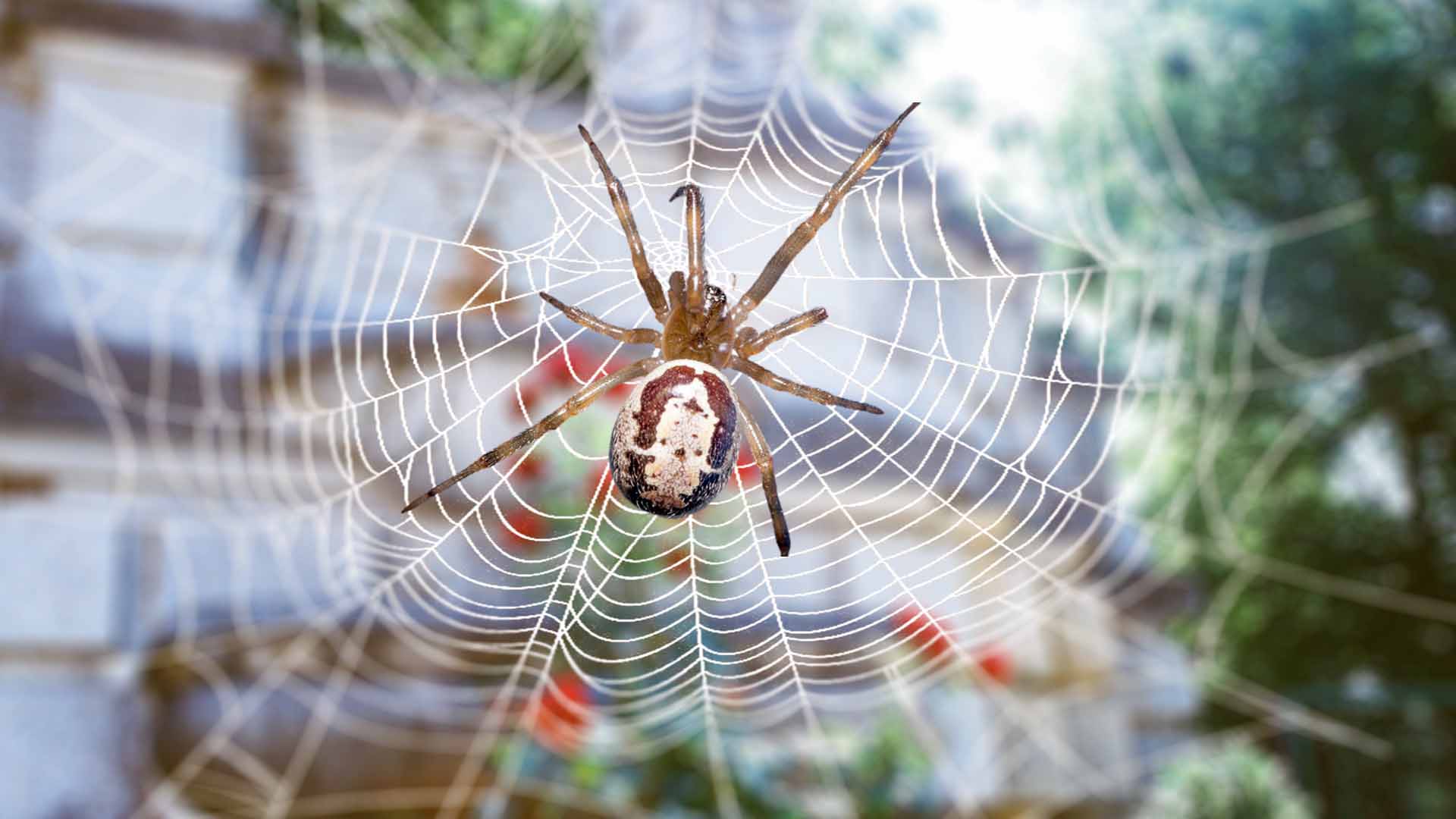Nature has a way of captivating our attention with its diverse and fascinating creatures. The Phidippus audax, commonly known as the bold jumping spider, is no exception. Beyond its remarkable jumping ability and distinctive appearance, this spider species exhibits notable differences between its male and female individuals.
In this article, we delve into the intriguing realm of Phidippus audax, comparing and contrasting the unique features that set males and females apart.
Compare Between Phidippus Audax Male vs Female
Phidippus audax males are smaller with distinct color patterns, shorter legs, and prominent, differently shaped pedipalps. They exhibit specific courtship and mating behaviors and have a varied lifespan. On the other hand, females are larger with unique coloration, longer legs, and less prominent, differently shaped pedipalps.
They also display specific courtship and mating behaviors and have a varied lifespan. These differences in size, coloration, morphology, and behavior contribute to the sexual dimorphism in Phidippus audax spiders, enhancing their adaptability and reproductive strategies in their natural habitats.
7 Key Differences Between Phidippus Audax Male and Female
Size
One of the most noticeable distinctions between male and female Phidippus audax is their size. Generally, females of Phidipuss Aduax are larger than males. Adult females can reach sizes of up to 1 inch (2.5 cm) in length, while males are usually smaller, measuring around 0.5 to 0.6 inches (1.3 to 1.5 cm).
Coloration
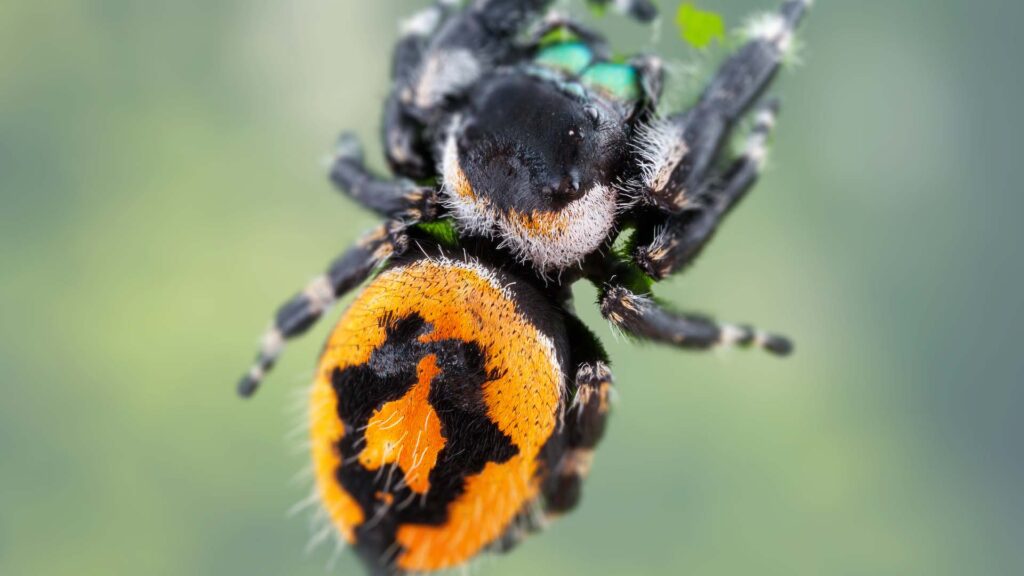
Coloration is another distinctive trait in these jumping spiders. Female Phidippus audax typically exhibits a more vibrant and diverse color palette. Their bodies can feature shades of black, gray, brown, and even iridescent green or blue. In contrast, males tend to have a darker and less varied coloration, often sporting a mix of black and white.
Abdomen Shape
The shape of the abdomen also differs between male and female Phidippus audax. Females possess a larger and rounder abdomen, mainly due to the need to accommodate their reproductive organs and eggs. Males, on the other hand, have a relatively smaller and more streamlined abdomen.
Leg Length
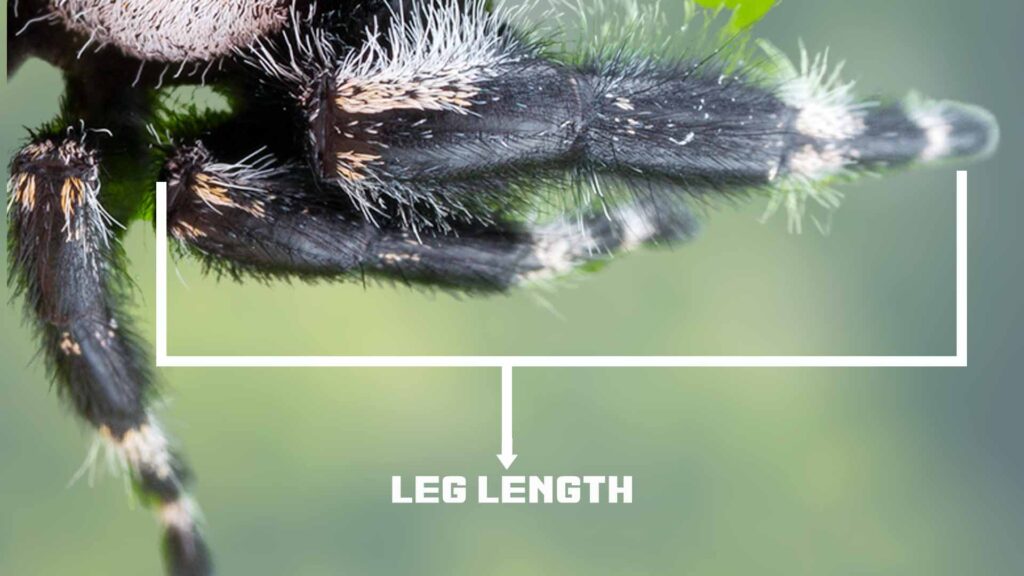
Legs play a crucial role in a jumping spider’s agility and hunting prowess. Females of Phidippus audax tend to have shorter and sturdier legs, which aid them in navigating their environment and capturing prey. In contrast, males possess longer and more slender legs, which might be related to their courtship behavior and mobility.
Pedipalps
The pedipalps, a pair of appendages located near the spider’s mouth, also exhibit differences between the sexes. In males, these structures are more pronounced and are used for transferring sperm during mating. Female pedipalps are less prominent and serve different functions related to prey manipulation and sensory perception.
Behavior
Behavioral differences between male and female Phidippus audax are intriguing. Females are known for their aggressive hunting behavior, ambushing and pouncing on unsuspecting insects. They also display maternal care, guarding their egg sacs. Males, on the other hand, exhibit more intricate courtship rituals involving visual displays, vibrations, and cautious approaches to females.
Lifespan
The lifespan of Phidippus audax varies between the sexes. Typically, females live longer than males. Females can survive for around 1 to 2 years, primarily due to their role in reproduction and raising offspring. Males, however, have a shorter lifespan of around 6 to 9 months, and their lives are often dedicated to finding mates and reproducing.
How to Identify Phidippus Audax Male and Female
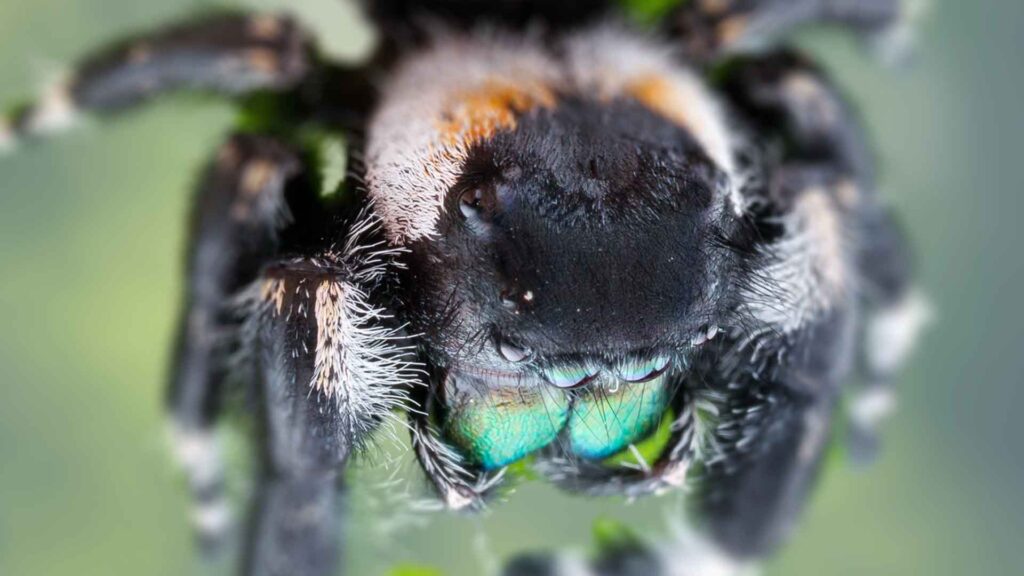
Based on your experience as an observer of Phidippus audax, identifying the males and females can be an exciting endeavor. To differentiate between the two sexes, you can rely on the aforementioned characteristics such as size, coloration, abdomen shape, leg length, pedipalps, behavior, and lifespan. Observing their interactions and behaviors during courtship and egg guarding can further enhance your ability to distinguish between males and females. Follow the below table to identify the Phidippus Audax male and female.
| Characteristics | Male Phidippus Audax | Female Phidippus Audax |
|---|---|---|
| Size | Smaller, about 0.5-0.6 inches (1.3-1.5 cm) | Larger, up to 1 inch (2.5 cm) |
| Coloration | Darker, often black and white | Vibrant, with shades of black, gray, brown, and iridescent colors |
| Abdomen Shape | Slimmer and more streamlined | Larger and rounder due to reproductive organs and eggs |
| Leg Length | Longer and more slender | Shorter and sturdier for hunting and mobility |
| Pedipalps | Prominent, used for sperm transfer | Less pronounced, used for prey manipulation and sensing |
| Behavior | Intricate courtship rituals, cautious approaches to females | Aggressive hunting behavior, maternal care for eggs |
| Lifespan | Shorter, about 6-9 months | Longer, about 1-2 years |
Conclusion
The Phidippus audax, with its charismatic presence and remarkable jumping ability, showcases a plethora of differences between its male and female members. From size and coloration to behavior and lifespan, each aspect adds to the intricate tapestry of nature’s diversity. As you continue to explore and appreciate these fascinating creatures, remember that their differences are not just biological variances, but integral parts of their survival and reproduction strategies shaped by millions of years of evolution.

